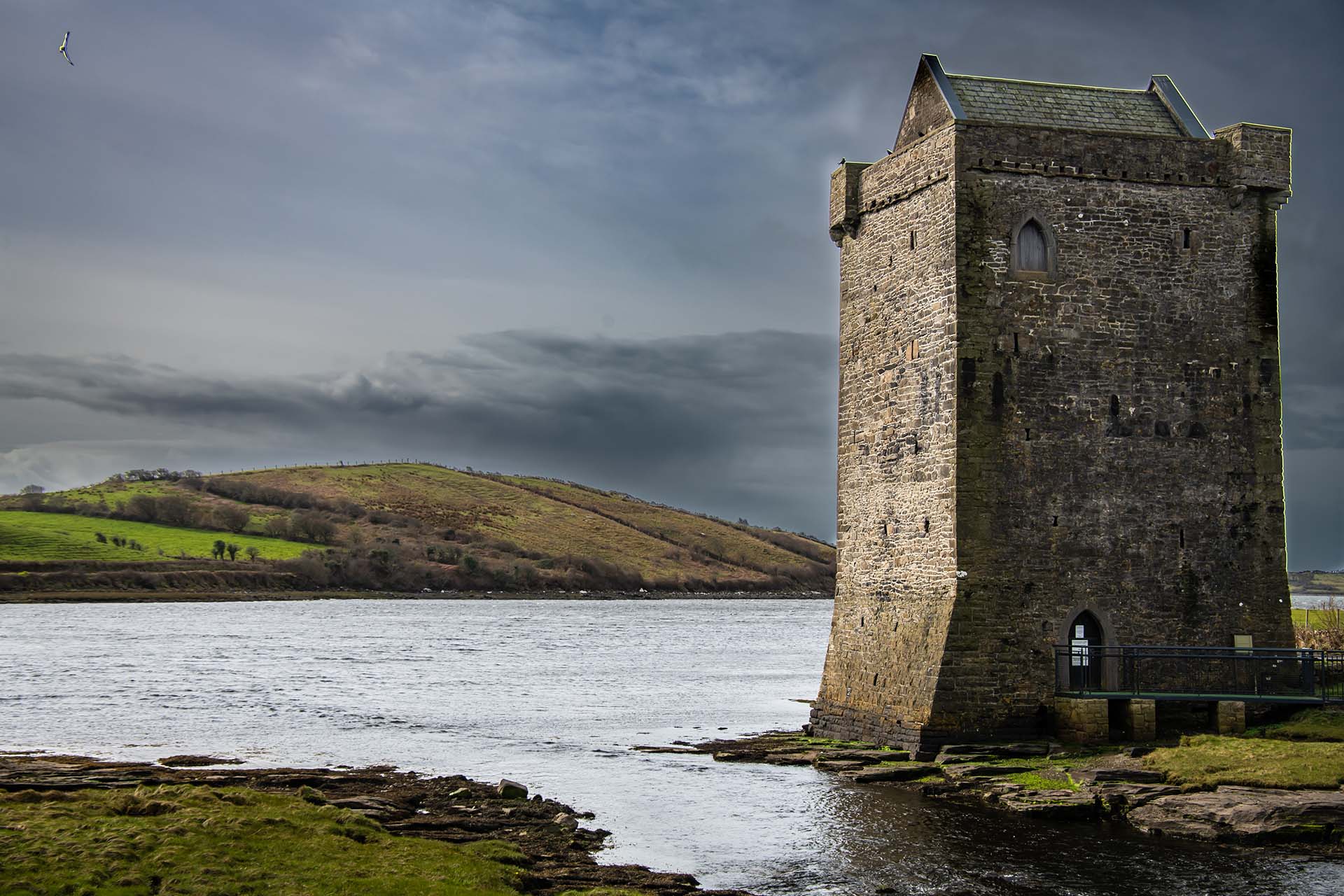

Christ and the Woman Taken in Adultery Max Beckmann
Fáilte and welcome to the Carrickahowley Gallery’s Bealtaine exhibition. This penultimate exhibit of Carrickahowley Gallery takes a different approach to Irish and Irish American art. Expanding the Featurette element of our exhibits into a featured exhibit, we seek to educate and raise awareness of a historical connection that few Americans may have learned: the school of painting originally known as Boston Expressionism, and later as American Figurative Expressionism. Come with us down the rabbit hole to engage in an art history lesson that tells another story of American art, art and politics, modern art and the transatlantic connection, and, perhaps appropriate to our time, the resistance to art censorship.
In 1937, the German Nazi party under the guidance of Joseph Goebbels and sanctioned by Adolph Hitler, staged an exhibit that has become famous: the Entartete Kunst show, or the Degenerate Art Exhibit. Set up almost across the street from the exhibit of sanctioned German art, this show was designed to inculcate deep resentment against the arts and artists of the Weimar and the modernist movement in Europe especially. Showing over 600 works by artists deemed by the state to represent “degeneracy,” the exhibit denounced modernism as a “criminal” act against German values and society. Despite such efforts, the Entartete Kunst exhibit was enormously popular (over 1 million Germans viewed the exhibit), and would go on to tour Europe for three years after its opening.
Among those artists selected for the exhibit were a number of German artists who would have their paintings and sculptures confiscated and destroyed, while they themselves were either forced into exile or arrested and imprisoned. Nazi sympathizer Emile Nolde was forbidden from even buying paint, in one of the greater ironies, and while the Entartete Kunst show focused upon “Jewish tendencies” in art, only six of the artists shown were Jewish. Others were labeled as Jewish as a label of condemnation, and were fired from their posts at universities and art schools. Max Backmann was one such artist who was fired and forced to flee into exile during the Nazi regime. He would find a temporary home in Amsterdam where he would work for ten years producing an astonishing number of expressionist paintings. Eventually, Beckmann came to the US, working at Washington University in St. Louis (a city which now houses many of his works), and then on to New York, where he would die of a heart attack while on his way to view a painting accepted by the Metropolitan Museum of Art. While over 5oo of his paintings were destroyed by the Nazi regime, Beckmann would live on, remarkably, in the minds of young American painters who were heavily influenced by his figurative style. In particular, Philip Guston, Nathan Olivera, Ruben Kadish, and many others would regard Beckmann as a major influence, and would develop styles quite indebted to his brilliance. So influential was Beckmann that he is often credited as being one of the major figures in the Boston Expressionist style that would emerge in the 1930s and 40s. And this is where the connections get really interesting! The Boston Expressionists stood in stark contrast to the Abstract Expressionism of Gorky, DeKooning, and Jackson Pollock, who had all rejected representational painting in favor of formalist experimentation and a depoliticized art. That distinction would grow into a movement called American Figurative Expressionism practiced by renowned painters across the country (name names here). And, finally, that movement continues to this day in various forms, particularly in my art, which roots itself in this very genealogy.
The fascinating thing about Beckmann’s confrontation with the Nazi regime and its censorship is that it focused upon the influence of medieval German art, just as the Nazi’s did. The trope of the Middle Ages would inform much of Nazi art and performance spectacles, attempting to root German art in the nostalgic appropriation of what it considered to be “pure art.” Rather than modernism’s “excresence,” Hitler, Goebbels, and the official Nazi state line would regard “pure art” as the art of Greece, Rome, and the Middle Ages, all with the intent of upholding what it considered to be Aryan values.
In an age where such censorship is quickly rearing its ugly head in American artistic institutions, museums, markets, and studios, such histories can relocate our understandings of our own roles and our own genealogies, our connections to a struggle that precedes us and yet now may envelope us. As Beckmann and his later admirers would indicate, resistance to such regimes of censorship is possible. Perhaps the crucial first step is to look back and recognize the ghosts that point the way forward…

Carrickahowley is in County Mayo, Ireland, and is the historical site of the stronghold castle of Grace O’Malley, or Grainne Mhaille. Grace O’Malley was a seventeenth-century pirate queen of Western Ireland who led an entire fleet of ships over her long career and met Queen Elizabeth I in a historic meeting. The name references many things, therefore, from respect for women in Irish history to fierce independence and capable leadership.
The stronghold and its location conjure the rocky coast of Maine, with its opening to the Atlantic Ocean that separates Ireland from Maine.
Support the bridge between Irish and American art by shopping at the Carrickahowley Gallery. You’ll find prints and original art at affordable prices. Plus, a portion of the proceeds benefits the Carrickahowley Art Gallery and our mission.
Maine Irish Heritage Center
Corner of Gray & State Streets
PO Box 7588
Portland, ME 04112-7588
(207) 780-0118
maineirish@maineirish.com